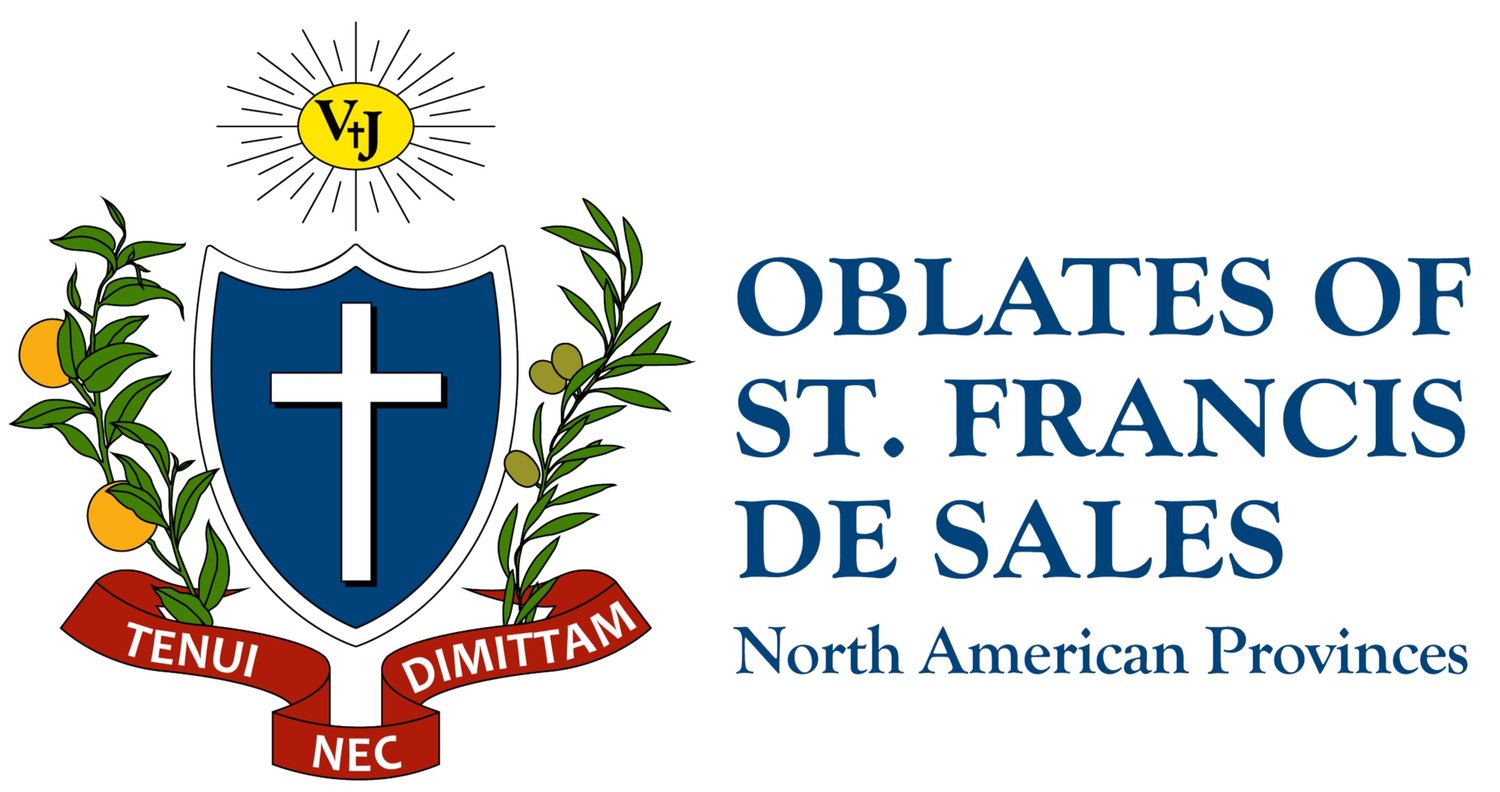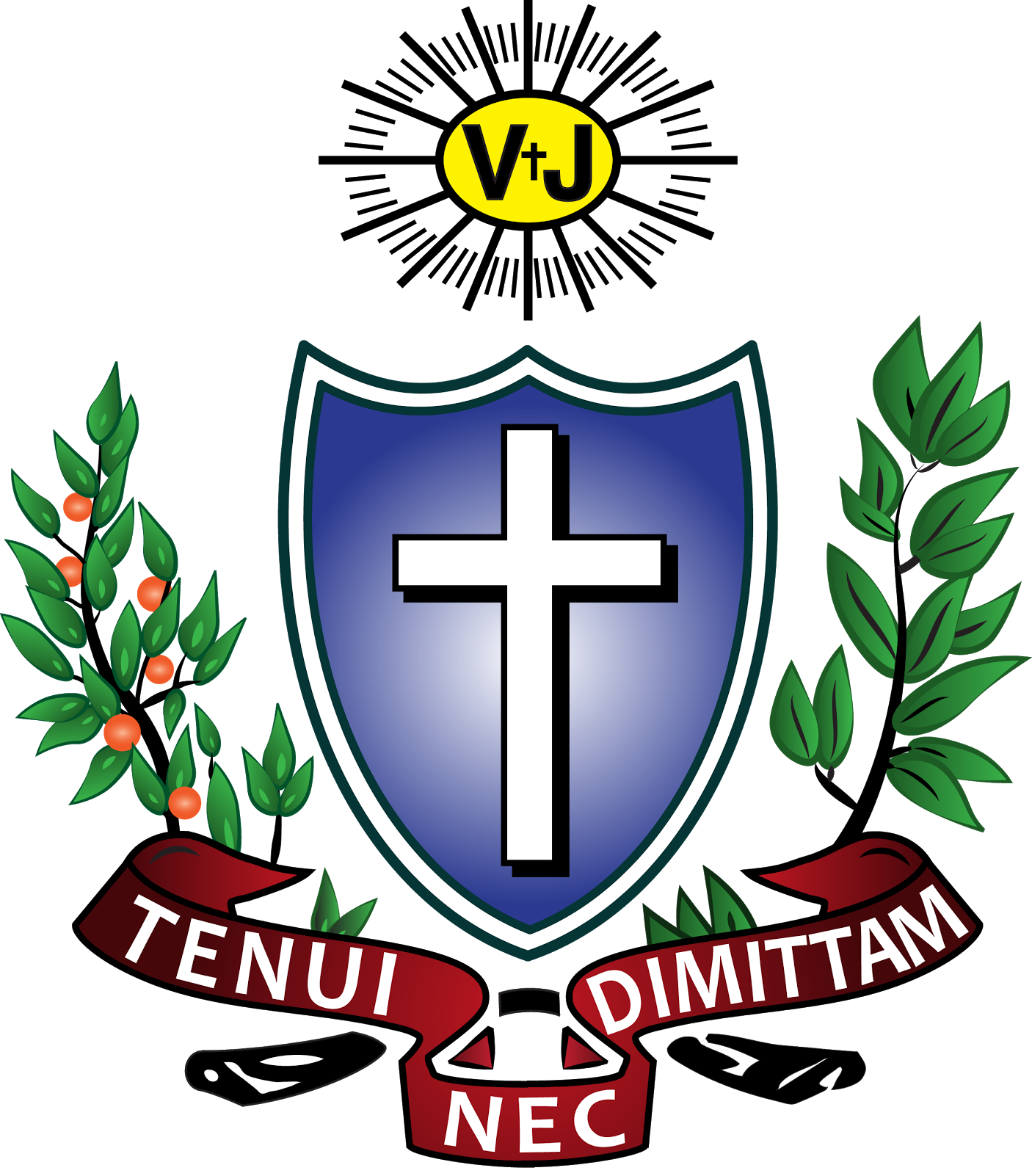Holy Week in Spain: When Faith Takes to the Streets
Floats is the one representing the Encounter.
Holy Week in Spain is much more than a popular celebration; it is an explosion of art and devotion that takes over the streets across the country. This unites popular fervor with centuries of history and tradition. Considered a festival of international tourist interest, it differs from other liturgical celebrations by depicting the Passion of our Lord in the streets. The first procession took place in Medina del Campo in 1411 and was promoted by the Dominican friar St. Vincent Ferrer. Since then, hundreds of these processions are held every year, and many of the sculptures on display are true Baroque works of art.
Every town and church brings their Christs and Virgins to the streets in large-scale processions that can last between 2 and 14 hours. Each parish has its own brotherhood, a community of faithful responsible for preparing the procession and rehearsing each year to carry the floats, which can weigh between 1,000 and 3,000 kg. Brotherhood members, both young and old, march as penitents, hiding their faces to remain anonymous and offer their prayers to our Lord, while bands play processional music, a blend of funeral and Gregorian music with drums and trumpets, emphasizing the solemnity of the moment. Everyone remains silent, and occasionally, someone leans out of a balcony to sing a "saeta," a traditional religious song sung a cappella that has flamenco roots.
One of the most iconic moments of this celebration is found in “La Madrugá” (early morning) of Seville, which is the night between Holy Thursday and Good Friday. The processions begin at midnight and end at 2 PM on Friday. Fourteen hours of uninterrupted processions where the sweet scents of orange trees, incense, and orange blossom fill the air, creating a unique atmosphere that transports us through time. When it rains and the processions are canceled, the brotherhoods and entire cities fall into a kind of mourning, making Good Friday feel much sadder. But soon, everyone looks toward the resurrection, holding onto the hope of being able to process again the following year.
One of my favorite floats is the one representing the Encounter, a procession held early on Easter Sunday, which depicts the meeting between Mary and her resurrected Son (see photo). Although this appearance is not mentioned in the Gospels, popular belief holds that it must have occurred. The risen Christ comes out of one church, and the Virgin from another, and both processions rush to meet in the main square of the town. When the two floats face each other, all the attendees break the silence with a great applause, spreading the joy of the resurrection.
While the streets fill with devotion, homes and restaurants prepare traditional seasonal dishes. Although the cuisine varies in each region, common dishes include "potaje," a stew made with spinach, cod, and chickpeas traditionally eaten on Fridays during Lent, as well as classic desserts like "torrijas" (a Spanish dessert similar to French toast made with bread soaked in milk, sugar, and cinnamon, then fried) and "buñuelos de viento" (fried dough balls, light and fluffy, often filled with cream, whipped cream, or chocolate, or dusted with sugar).
If you have the chance to visit Spain during these holidays, you will be able to enjoy all these delights, and if you attend the procession of the Virgin of the Tears in Málaga, you may even encounter one of its most famous members, actor Antonio Banderas, who never misses the opportunity to carry Our Lady in the procession.
Fernando Ramos
Spanish Teacher
Salesianum School, Wilmington, DE



